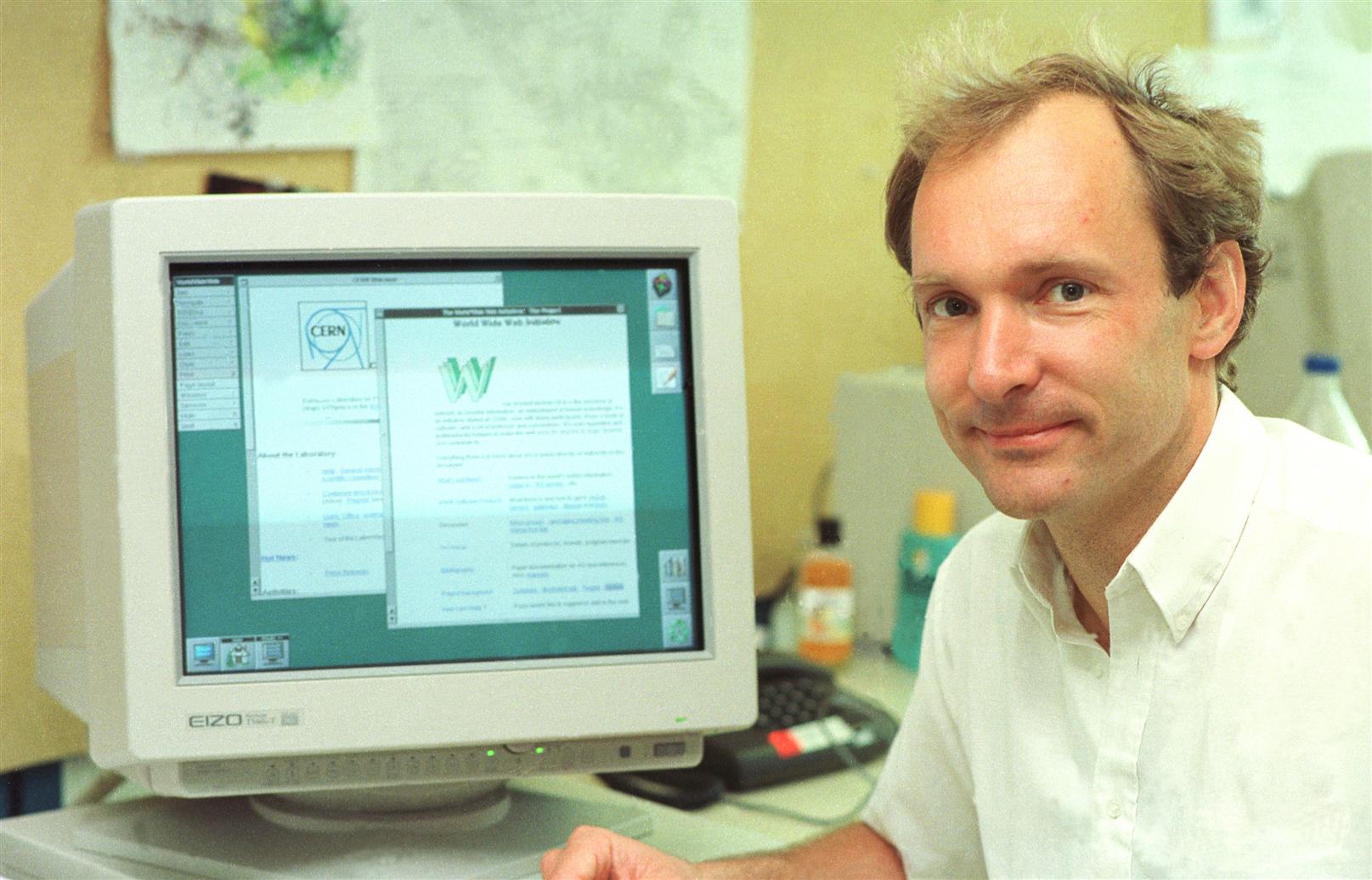Evolution of HTTP
Early Development and Introduction of HTTP/0.9

The history of HTTP dates back all the way to 1991, where Tim Berners-Lee, alongside his colleagues, developed what was initially meant to be a simple protocol for sharing files, but later evolved into what we use for everyday queries.
Starting in 1989, English computer scientist Tim Berners-Lee, whilst under the employment of European Organization for Nuclear Research (CERN), wrote a proposal to build a hypertext system over the World Wide Web, implemented in 1990. The initial development was supposed to be a simple protocol to exchange documents.
The one-line protocol, known as HTTP/0.9, consisted of a one-line request starting using the GET method. The response was also just as simple, displaying just the file requested. It was extremely basic, with no status or error codes, only HTML files were allowed, and errors would generate an HTML file describing the problem.
HTTP/1.0 and the Birth of Web Browsers
In 1996, HTTP/1.0 was introduced, which added more features to the protocol, such as status codes, headers, and the ability to handle different types of content. This version also allowed for persistent connections, meaning that multiple requests could be sent over a single connection.
To add onto the complexity of the newer HTTP/1.0, the concept of HTTP headers in requests and responses would introduce the transmission of metadata. This would include User-Agent, Host, Content-Type, Content-Length, and Cache-Control.
HTTP/1.1 and the Rise of Dynamic Content
In 1999, HTTP/1.1 was introduced, which added support for persistent connections, chunked transfer encoding, and additional caching mechanisms. This version also introduced the concept of virtual hosting, allowing multiple websites to be hosted on a single server.
The rise of dynamic content, such as web applications and interactive websites, led to the need for more efficient communication between clients and servers. HTTP/1.1 addressed these needs by introducing features like pipelining and improved caching mechanisms.
HTTP/2 and the Push for Performance
In 2015, HTTP/2 was introduced, which focused on improving performance and reducing latency. It introduced features like multiplexing, header compression, and server push, allowing multiple requests to be sent over a single connection.
The introduction of HTTP/2 marked a significant shift in how web content is delivered, with a focus on optimizing performance and reducing the overhead of HTTP communication.